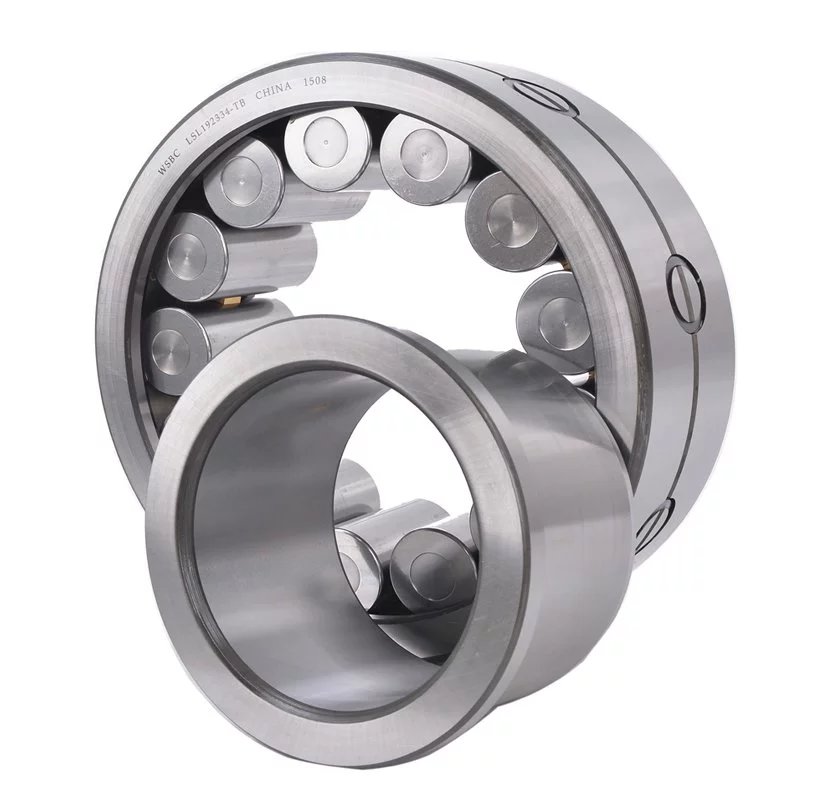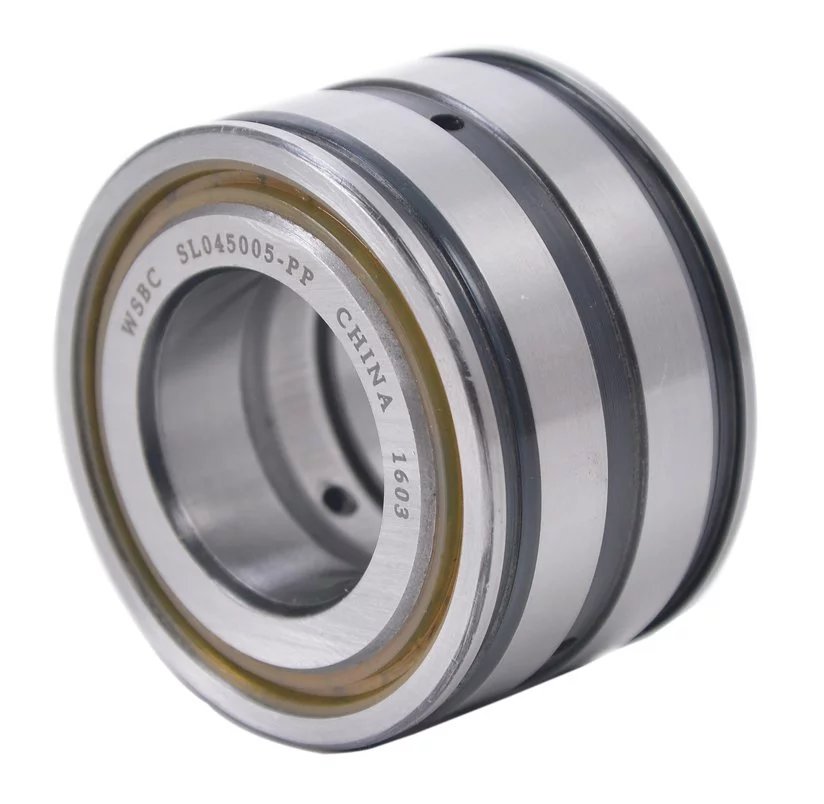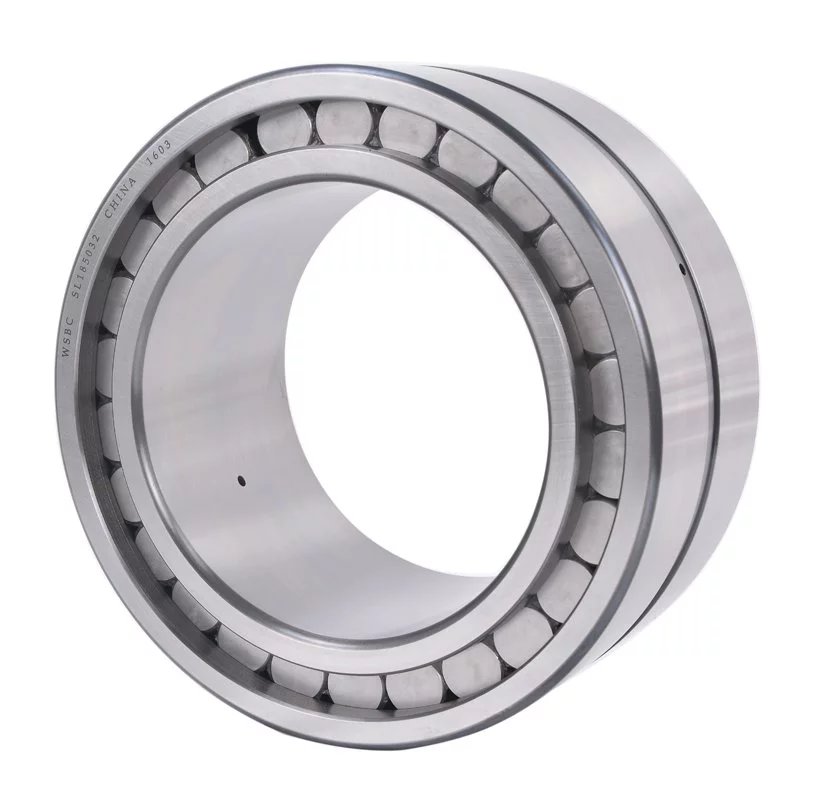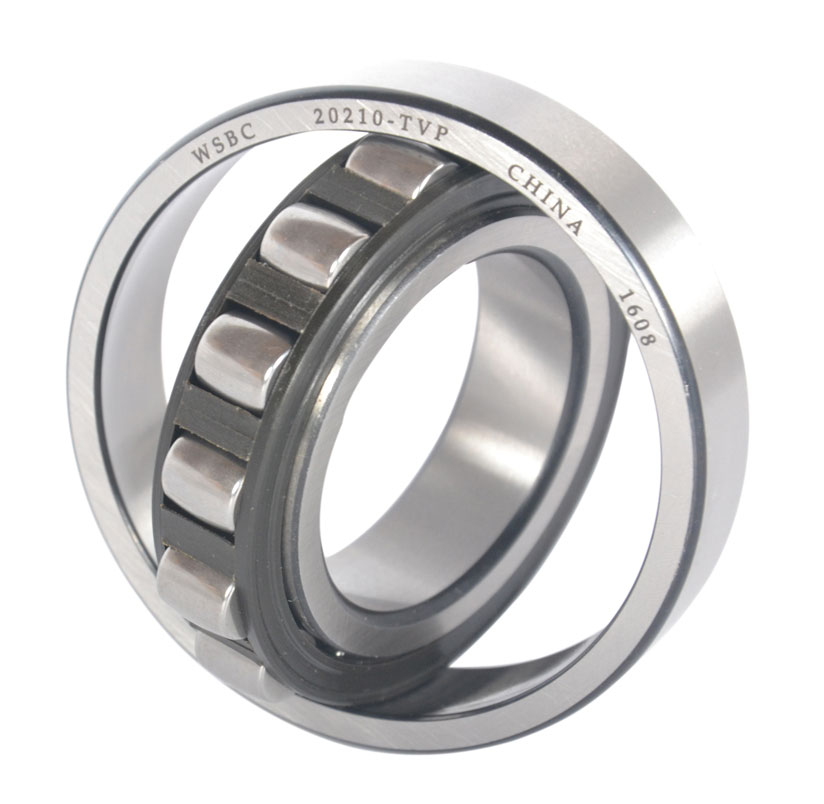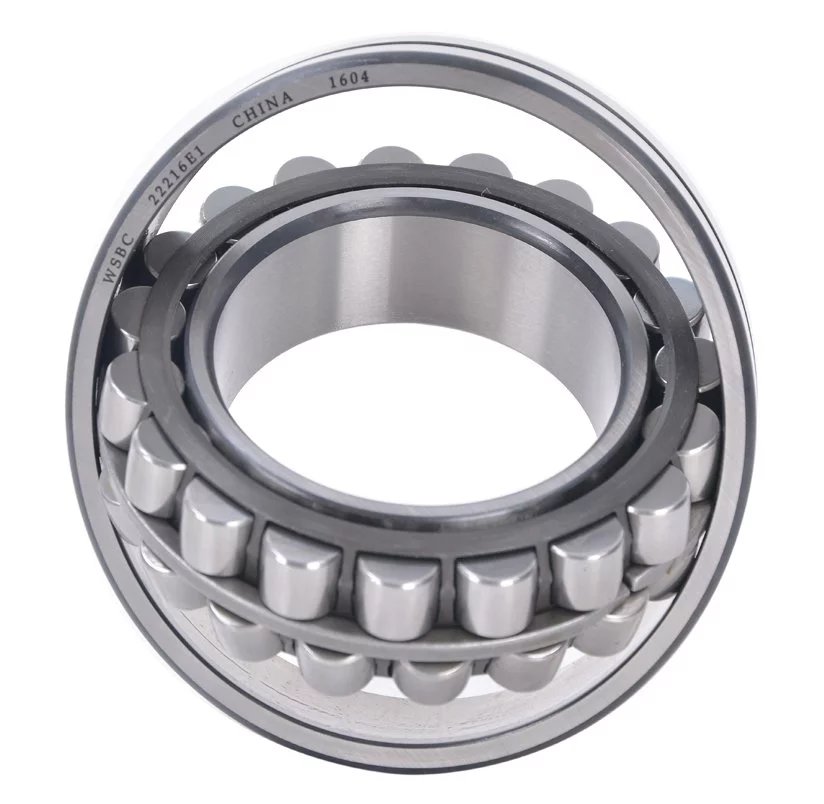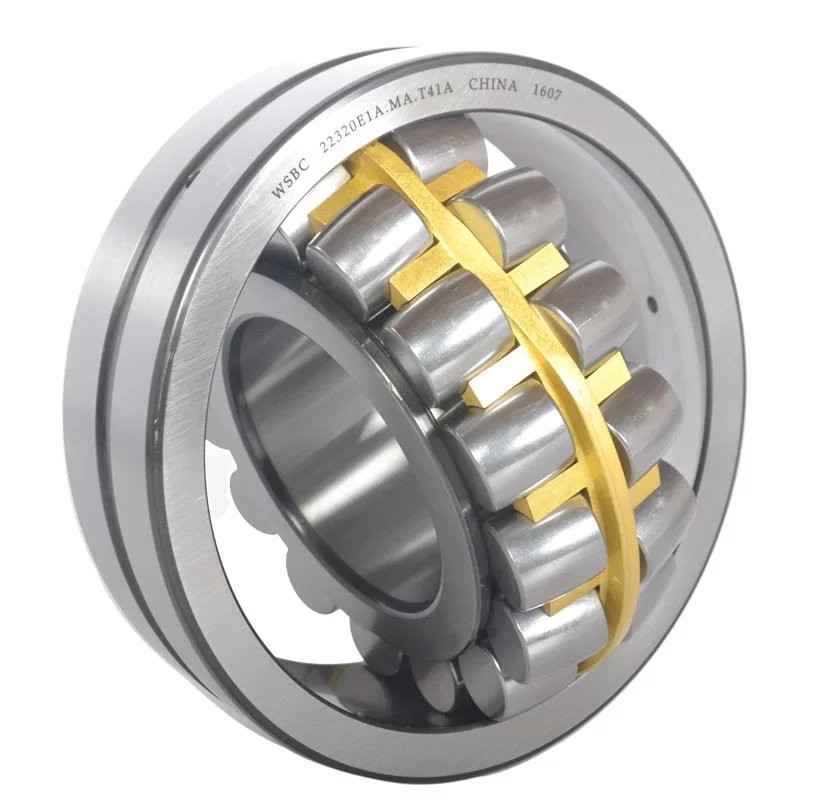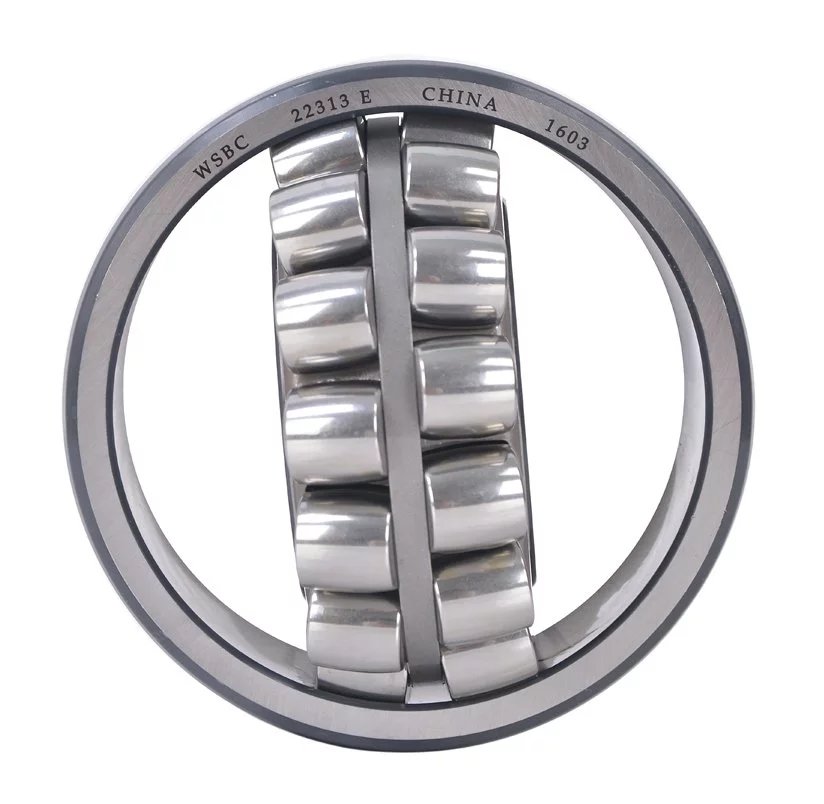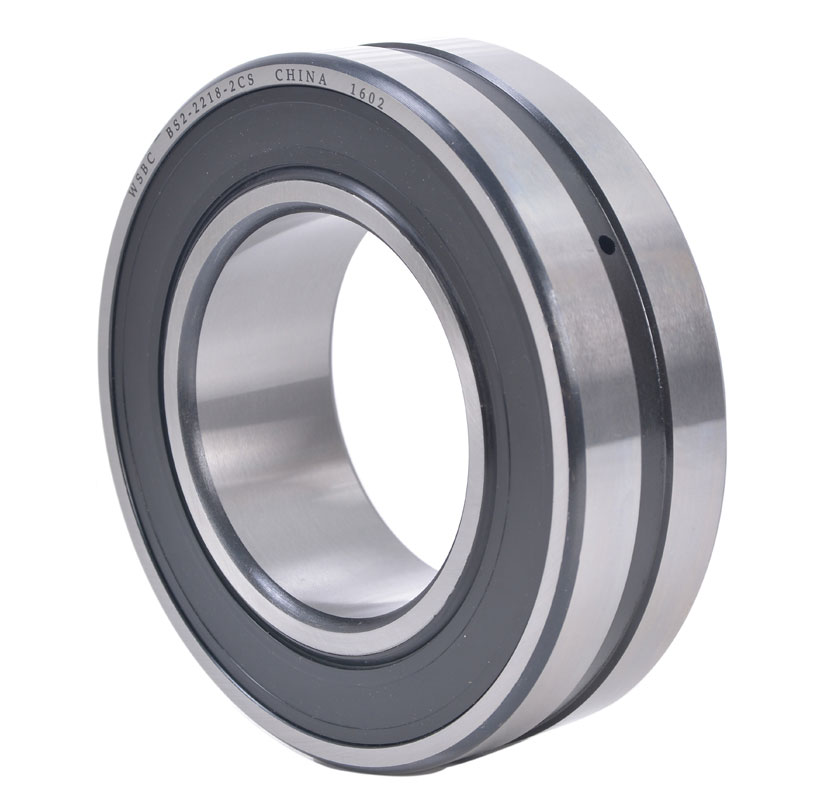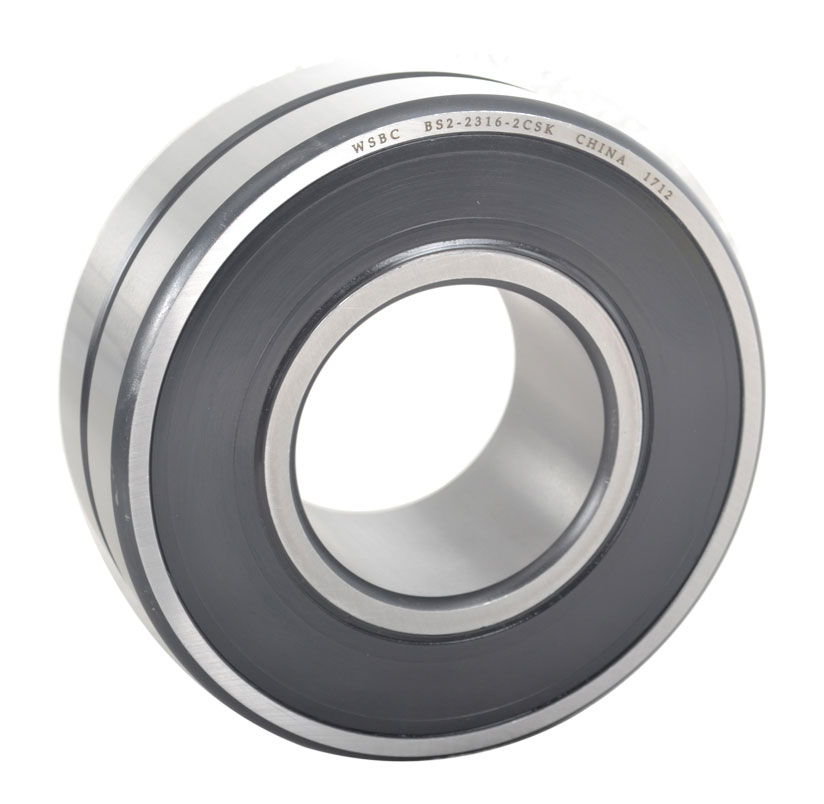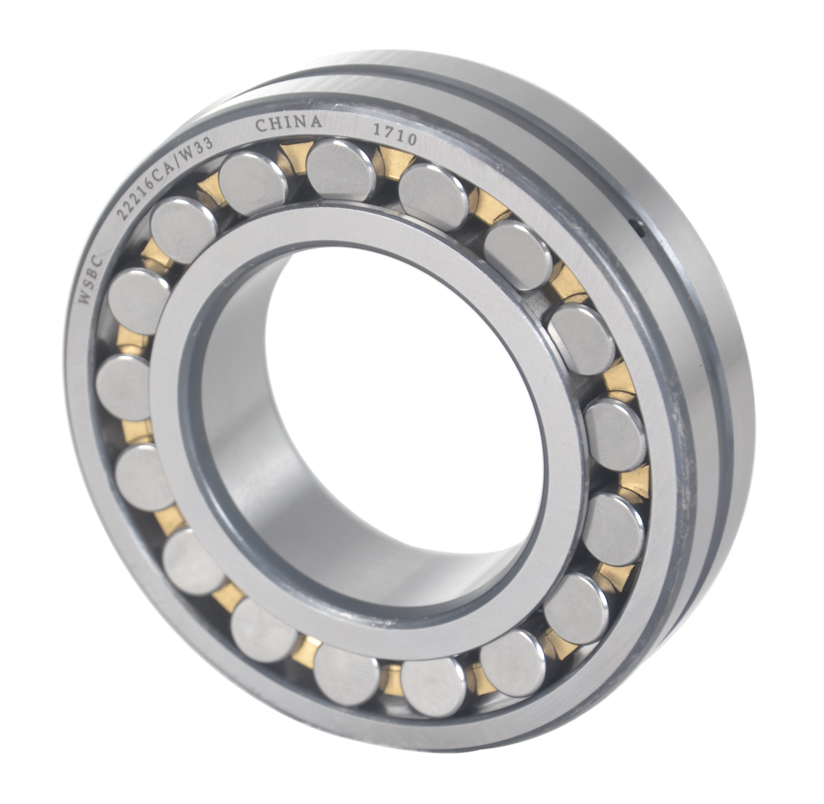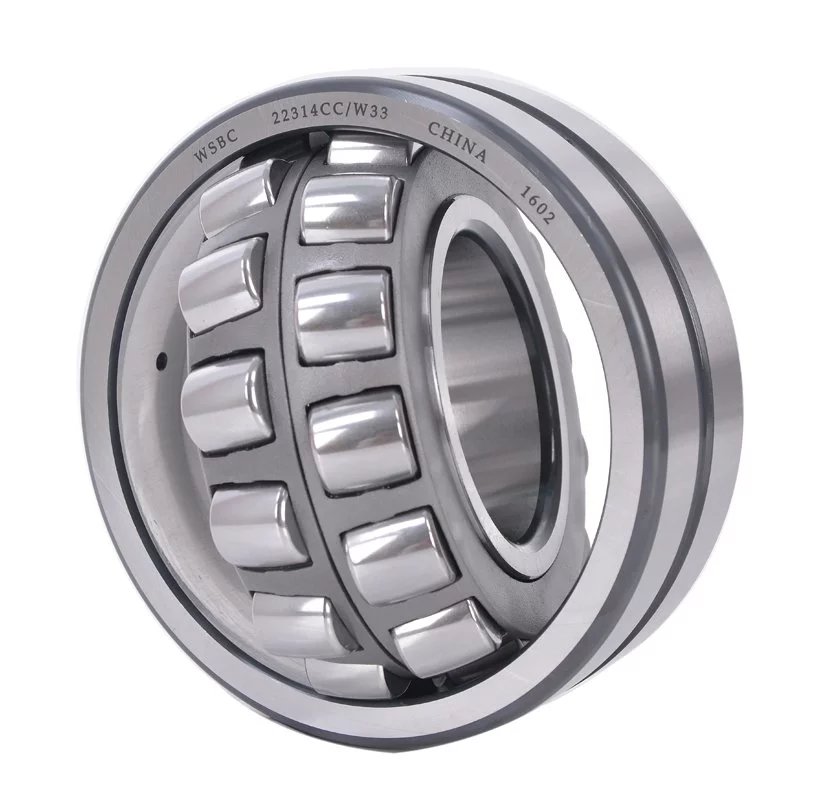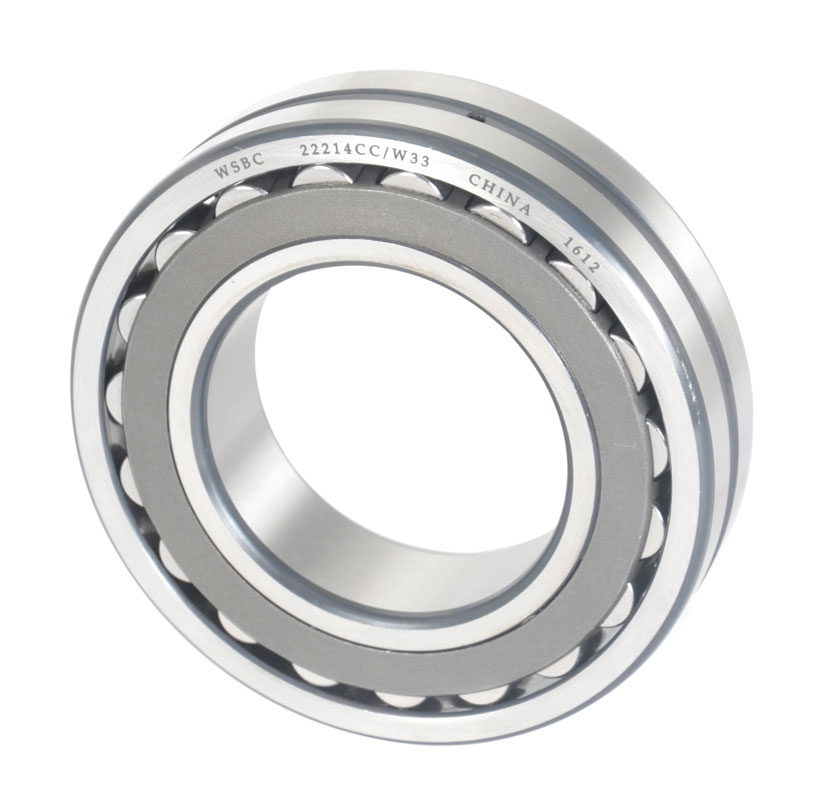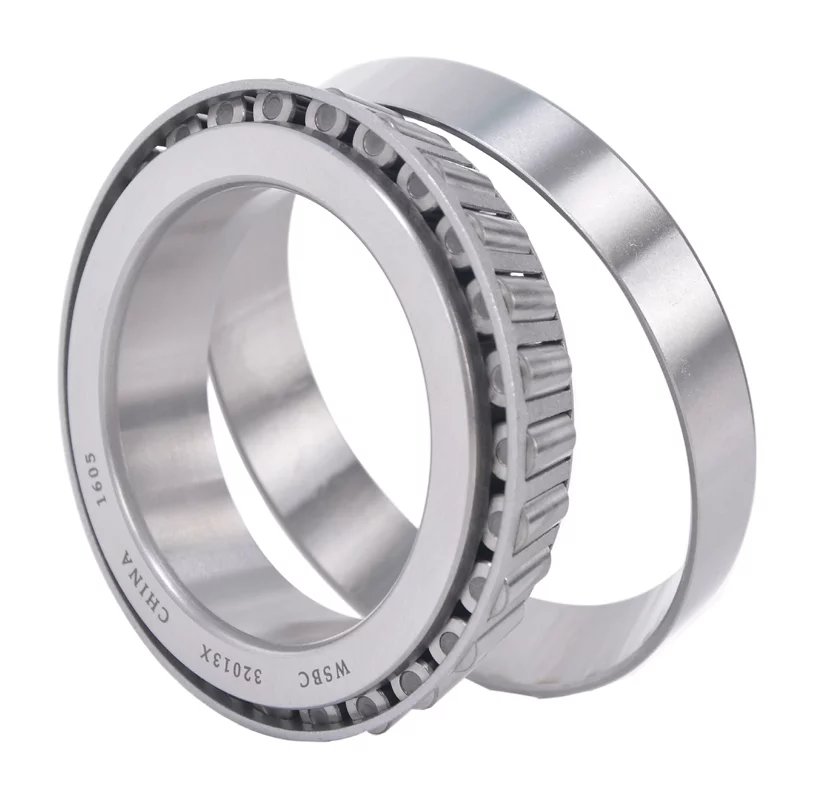News
The Reason for Motor Bearings Burnout
Time:2020.11.26 Source:Roller Bearings Suppliers
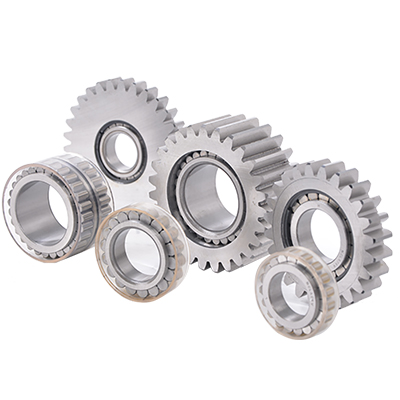
The so-called burnt out motor bearing refers to the motor bearing in the process of running generated induced electromotive force (that is, shaft voltage), and then generate shaft current leading to electrical corrosion phenomenon, causing damage to the bearing.
1. Causes of motor axial pressure
The axial voltage of three-phase AC motor is usually caused by the unbalanced magnetic circuit of the motor, which mainly includes the following cases:
(1) In the production process of the motor, the bad stacking process of the stator core magnetic steel sheet leads to uneven reluctance of the stator and rotor along the circumference direction of the core, resulting in the magnetic flux of the alternating chain with the rotating shaft, thus generating the induced electromotive force.
(2) In the use of the motor, due to the use of the environment and the motor itself manufacturing (rigid) problems, resulting in the motor stator and rotor air clearance changes, resulting in the change of magnetoresistance, the generation of non-uniform flux leakage, and the induction of electromotive force with the shaft.
(3) Electrostatic induction will also cause the motor to produce axial voltage.If there is a large number of high voltage devices around the motor, the motor shaft may generate an induced voltage.Or in the case that various signal devices used in conjunction with the motor are electrified, if the device is poorly insulated and comes in contact with the rotating shaft, the motor's rotating shaft will generate axial voltage.Need WSBC 22211 E,click here to learn more.
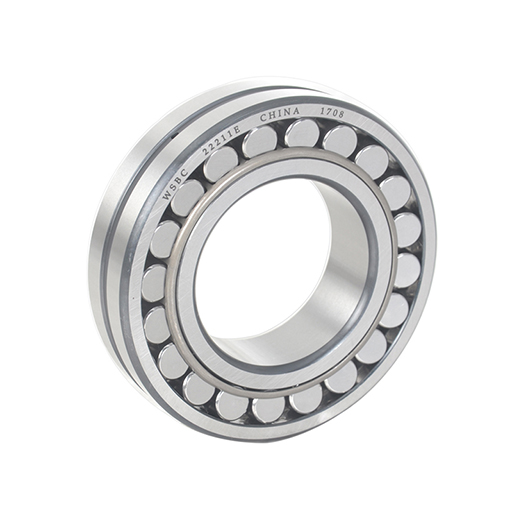
2. Causes of motor shaft current
Although the motor shaft voltage is very low, only 0.5~2 V, a voltage path will be formed between the motor shaft, the frame and the housing. Due to the small impedance of the current loop, a large axial current P will be generated.
Under normal circumstances, there is a lubricating film between the shaft and the bearing, which can play an insulating role.For low shaft voltage, the oil film can act as an insulating protection without generating shaft current.However, when the shaft voltage increases to a certain value, especially when the motor starts, as the lubricating oil film in the bearing has not been established stably, the shaft voltage will break through the oil film to discharge and form an electrified circuit.
When the motor bearing oil film breaks down, with the increase of bearing temperature, the number of bearing breakdown points will increase, and the equivalent resistance of the bearing will decrease. The shaft current will conduct the metal contact point of the bearing and the rotating shaft. Because the contact point is very small and the current density is very high, the high temperature will be generated instantly, which makes the bearing burn up locally.The molten bearing alloy is lost under the rolling pressure, resulting in pits on the inner surface of the bearing.Usually because the shaft hardness and mechanical strength is higher than the bearing alloy, so the performance of the bearing inner ring raceway appears washboard like dents.
3. Handling measures
(1) Reinforce the motor stator housing and foundation
Through the disassembly inspection of the motor, it is found that due to the insufficient strength of the motor body and the poor fastness of fixing the stator core and the outer shell, the motor has vibration and noise.Because the shell of the motor is generally welded with thin steel plate, obvious vibration will occur when the motor is loaded with a large load.The vibration wave causes the stator housing of the motor to tremble, and at the same time, it is accompanied by great noise.
In order to solve the problem of vibration and noise, the motor housing is strengthened to change the natural frequency of the housing.In the process of reinforcement, considering the detachable nature of the original stator core and casing of the motor, the reinforcement plate is made into a detachable structure, which is not only conducive to the installation of stator core, but also convenient for replacement.
At the same time, the foundation of the motor is reinforced to strengthen its rigidity and improve its running stability.Through the above measures, the adverse effects of induced current caused by the magnetoresistance imbalance caused by the constant change of magnetic circuit of motor and rotor can be eliminated.
(2) Modification of motor end cover
The original motor bearing sleeve and end cover are designed in an integrated way, and the non-transmission end is not insulated. Therefore, if the motor generates shaft voltage during operation, a path will be formed and then the shaft current will damage the bearing.In view of this situation, the end cover of the non-transmission end was reformed, and the original bearing sleeve was replaced with a new one with good insulation performance, which was wrapped by insulating epoxy resin layer.
The insulation layer can completely cut off the shaft current loop and eliminate the influence of shaft current on the bearing.
(3) Efficiency enhancement measures
In order to completely eliminate the shaft voltage, a carbon brush can also be installed between the motor shaft extension end and the end cover. Through the carbon brush, the end cover and the rotating shaft are connected to eliminate the induced potential and bearing potential difference on the shaft.Click here to learn more about WSBC 22215E.
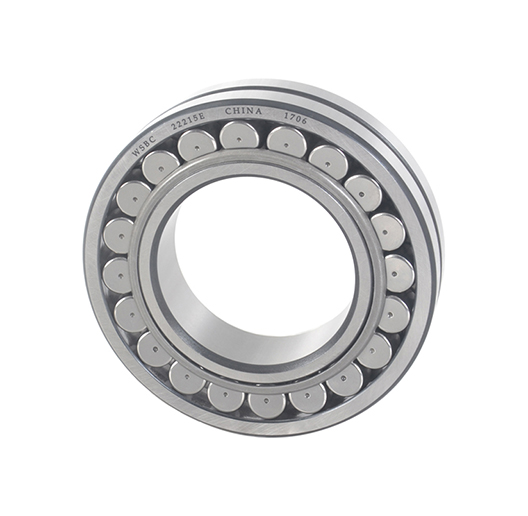
4. Protective measures against bearing damage
Test the voltage of the rotating shaft of the field motor to the ground. If the axial voltage appears, it shall be handled according to the following scheme.
(1) Consider reducing the axial potential.The grounding carbon brush is installed on the shaft end to ensure its reliable grounding and reliable contact with the rotating shaft. The fine turning potential is zero to eliminate the shaft current.
(2) Cut off the shaft current loop.Add insulation isolation at non-transmission end bearing housing and bearing bracket to prevent shaft current generation.
(3) Check the degree of insulation damage of the conductor of the motor accessories.Check and strengthen the insulation of the wire or gasket with the maintenance opportunity to avoid the generation of shaft current caused by damaged insulation of the wire of the motor accessories.
(4) Often check the insulation strength of bearing housing.For motors that have taken insulation measures between bearing support and bearing, the insulation strength of bearing support should be measured regularly with a 500 V megohm meter, not less than 0.5 MQ.If the test value exceeds the standard, the insulation shall be treated again until the test is qualified.
(5) Keep track of bearing temperature rise at any time to maintain the purity of lubricating oil insulating medium.Check motor bearing temperature and bearing lubricating oil quality frequently, analyze bearing temperature rise according to load, ambient temperature, etc., find out the cause of temperature rise and deal with it in time.For bearing bush motor, if water is found in the lubricating oil, it must be filtered, otherwise the insulation strength of the oil film will not meet the requirements and will be easily broken down by low voltage.
Hot Topics
Copyright © Wuxi Spark Bearings Co.,Ltd Co., Ltd All Rights Reserved. Sitemap
www.spark-bearing.com. Profession in Roller Bearings, Ball Bearings and Taper Toller Bearings-China Suppliers.
